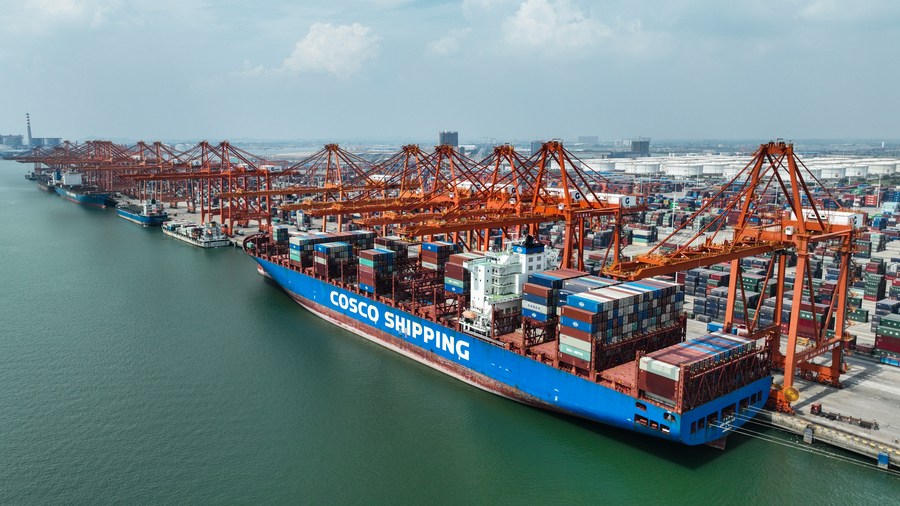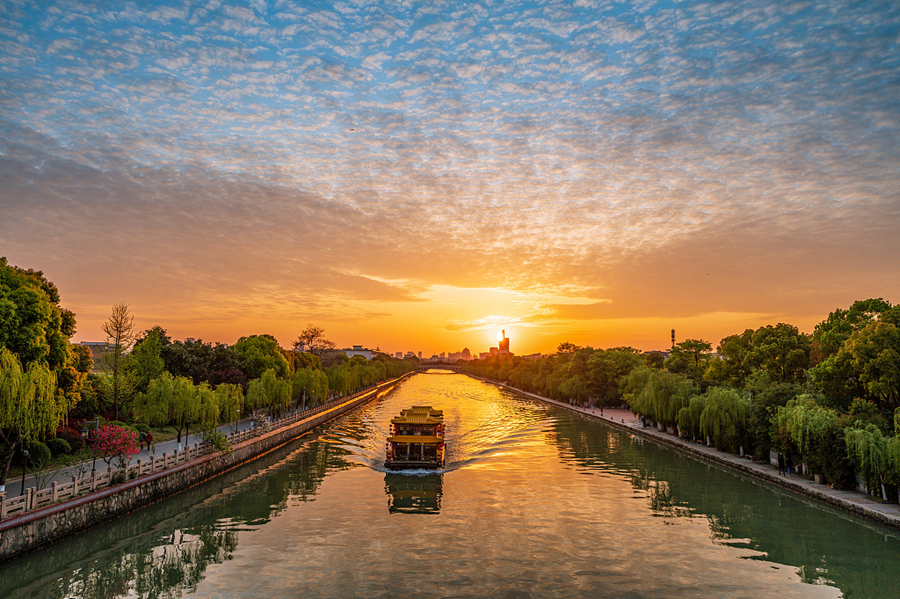
(CFP Photo)
2024 marks the 10th anniversary of the Grand Canal being inscribed on the UNESCO World Heritage list. The vast waterways system, connecting Beijing in the north to Hangzhou in Zhejiang Province, was a major means of internal communication and played an important role in ensuring the economic prosperity of China over the ages.
Notably, the section of the Grand Canal in Jiangsu Province stretches for 790 kilometers and passes through 8 of its cities with subordinate districts – Xuzhou, Suqian, Huai’an, Yangzhou, Zhenjiang, Changzhou, Wuxi and Suzhou. Among the areas that the Grand Canal flows through, Jiangsu stands out for hosting the longest stretch, the most abundant cultural relics, and the watercourses best-preserved and most used for shipping today.
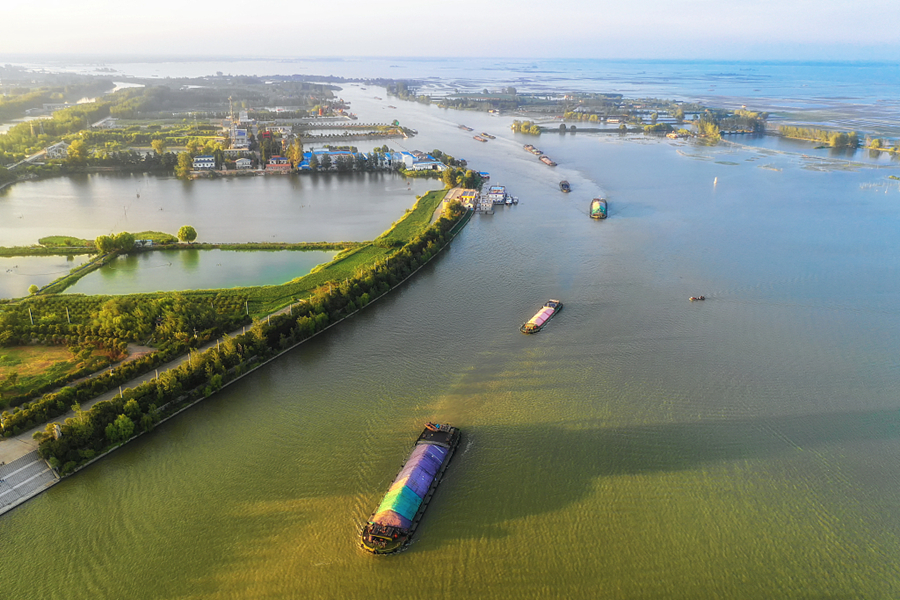
In the past ten years, the province has made comprehensive efforts in heritage protection, waterway governance and restoration, and integrated development of culture and tourism.
For example, the Jiangsu section transported about 500 million tonnes of cargo annually, nearly 80% of the total volume across the canal.
The Grand Canal in Jiangsu is flanked by 13 cities, 31 towns and 12 villages recognized as of national historical and cultural importance, hosting the largest number of canal-related historical remains and intangible cultural heritage items as well.
The Grand Canal has given birth to distinctive culture and customs centering on grain transport, hydraulic engineering, salt transport, post stations, and business communities.
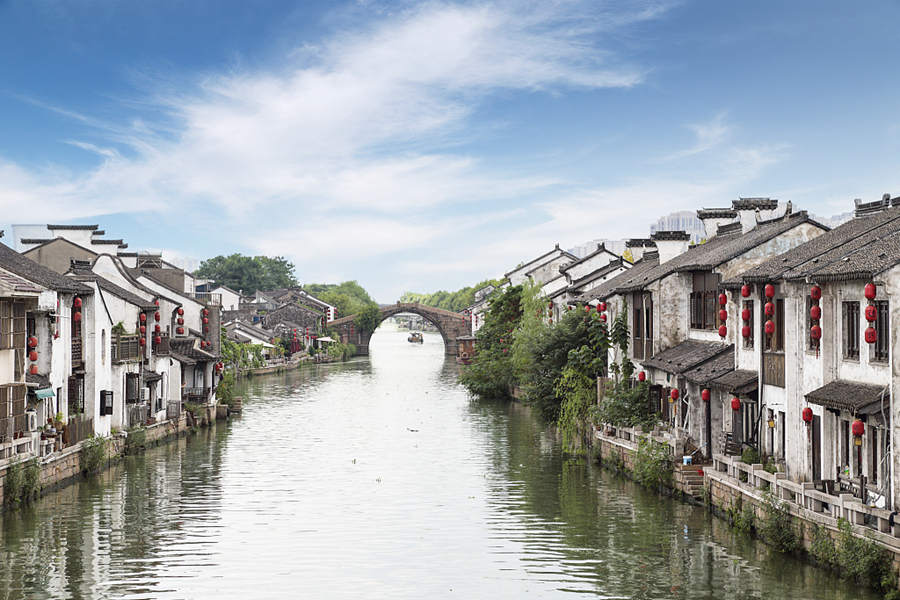
The city of Suzhou has a history of more than 2,500 years, making it one of the iconic destinations to explore cultural heritages of the Grand Canal. The city also introduced special planning and local regulation to protect the heritage while employing digital technologies to support the endeavor.
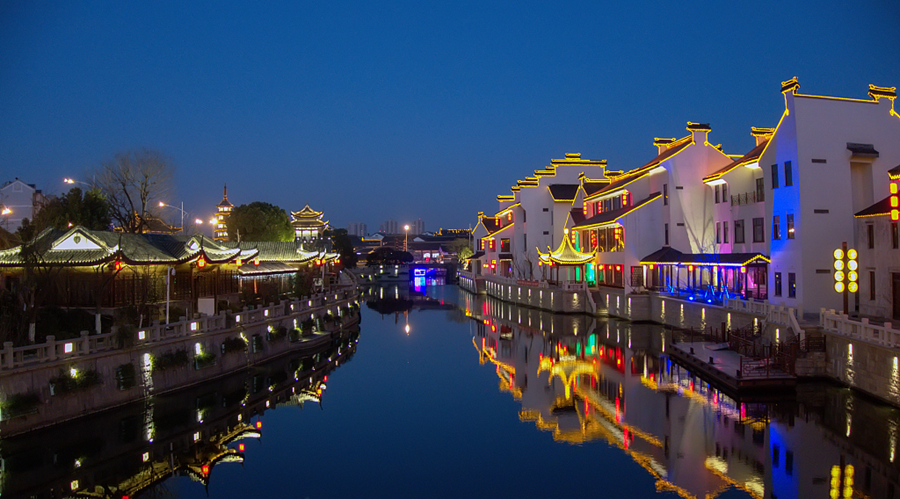
At the provincial level, Jiangsu has also set many national records through institutionalized efforts. For example, it is the first province to enact a regional law for the conservation and development of the Grand Canal culture and also the first to implement special planning for various initiatives, including ecological protection and restoration, waterway management, modernized shipping service, and promotion of cultural values.

Yangzhou, the origin city of the Grand Canal, opened a museum dedicated to the canal in June 2021 at Sanwan Park. With a construction area of nearly 80,000 square meters, the Yangzhou China Grand Canal Museum has received a total of 8 million visitors and been named as “the most innovative museum in China."
Overall, the Jiangsu section hosts diverse canal-themed museums, the cultural and tourism expo, and sports events related to the waterway network. The province has also creatively promoted the Grand Canal culture through digital technology, arts, and operas.
In 2007, Yangzhou joined hands with 14 international canal cities and 24 Grand Canal cities to successfully host the first World Canal Cities Expo and World Canal Cities Forum. Two years later, Yangzhou cooperated with other canal cities again to launch the World Historic and Cultural Canal Cities Cooperation Organization (WCCO).
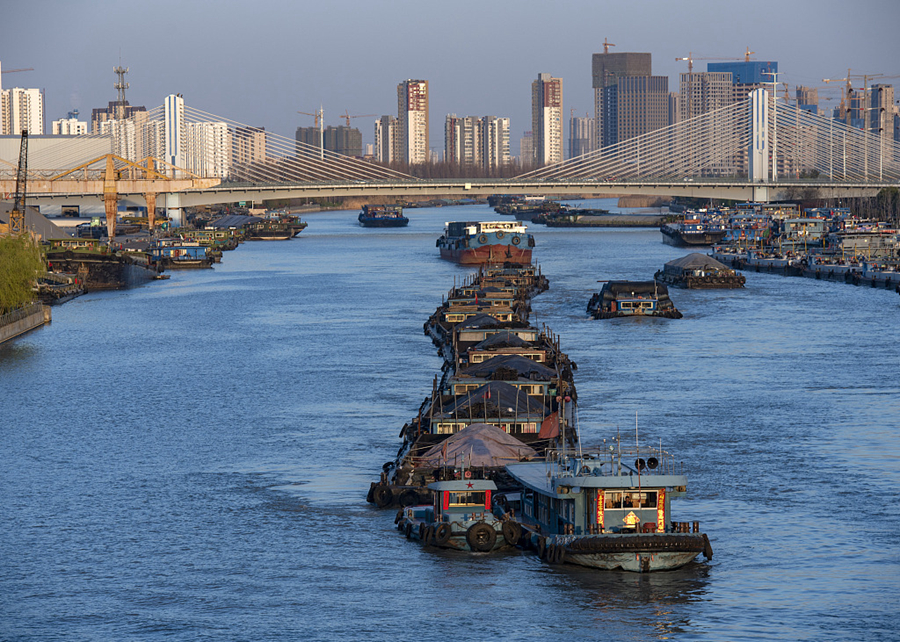
For many years, Jiangsu has hosted the World Canal Cities Forum, which is the only international forum with the theme of the Grand Canal culture in China. Participants include mayors from domestic and foreign canal cities, heads of international organizations, experts, and scholars. In Yangzhou, they engage in discussion of various issues of common concerns, such as cultural relics protection, water governance, ecological protection, development of culture and tourism. These meetings share the best experiences of preserving canal culture, and jointly promote the development of canal cities through heritage protection and utilization.
The forum has evolved into an important platform to advance canal culture, tell canal stories, and boost exchange and cooperation among global canal cities. Up to now, WCCO has over 200 members, a significant increase from the 13 members at the beginning.
The Grand Canal is important to the well-being of people and a hub of rich history. In the new era, the waterway system has shown new vitality and become an important driver for economic and social development.



